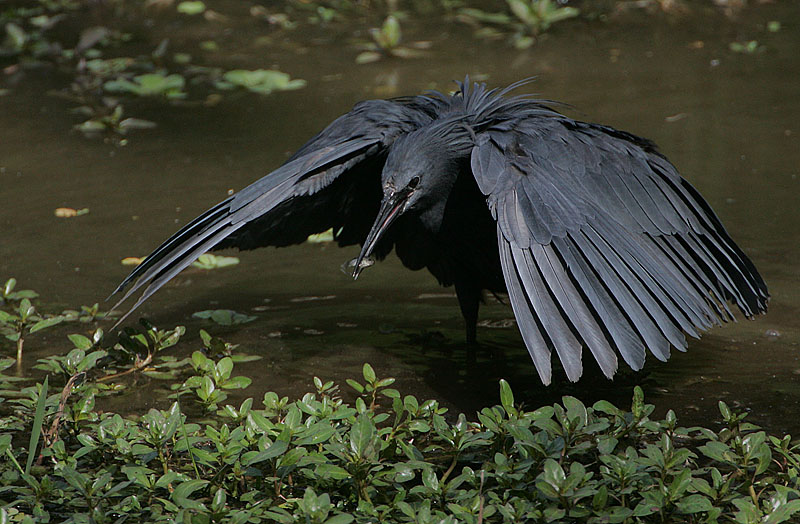
Egretta ardesiaca
SUBFAMILY
Ardeinae
TAXONOMY
Ardea ardesiaca Wagler, 1827, Senegambia. Monotypic.
OTHER COMMON NAMES
French: Aigrette ardoisйe; German: Glockenreiher; Spanish:
Garceta Azabache, Garceta Gorgirroja.
PHYSICAL CHARACTERISTICS
Medium-sized (17–26 in [42.5–66 cm]), all-black plumaged
African heron with yellow feet, usually seen feeding in open
shallow water.
DISTRIBUTION
Occurs in Madagascar and Africa south of the Sahara.
HABITAT
Prefers shallow open waters, especially margins of fresh water
lakes and ponds. Also uses marshes, river edges, rice fields, and
seasonally flooded grasslands. Along the coast it feeds along
tidal rivers and creeks, mangroves, alkaline lakes, and tidal
flats.
BEHAVIOR
Exhibits distinctive feeding
BEHAVIOR
called canopy feeding. It
spreads its wings over its head in a full umbrella, with the tips
of its primaries touching the water and erect nape plumes
completing the canopy. The heron forms the canopy above the
potential prey over the course of a few steps. It peers under the
canopy for a few seconds, perhaps also stirring with its feet.
The heron then moves on a few steps to form another canopy,
usually within a few more seconds. It frequently pauses to
shake itself.
FEEDING ECOLOGY AND DIET
The functioning of the canopy feeding
BEHAVIOR
remains unclear,
although the canopy reduces reflection and provides better
visibility in addition to obscuring the silhouette of the
heron. Fish are likely attracted to the shadow or are attracted
to or flee the foot stirring. Some resident black herons feed
solitarily in well-defended feeding territories. They also feed in
groups of up to 50 individuals, with over 200 being reported.
Feeds by day, especially around dusk. Roosts communally at
night and, on the coast, at high tides. Eats small fish, but also
takes aquatic insects and crustaceans.
REPRODUCTIVE BIOLOGY
The nest is a solid structure of twigs placed over water in
trees, bushes, and reed beds. Nests at the start of the rainy season,
in single or mixed-species colonies that may number in
the hundreds. Eggs are dark blue and the clutch is two to four
eggs.
CONSERVATION STATUS
Threatened on Madagascar, where human interference and
HABITAT
change have led to massive population reductions. Elsewhere,
the heron is patchily distributed but not uncommon. Its
greatest threats are human disturbance, predation at nest sites,
and threats to aquatic habitats.
SIGNIFICANCE TO HUMANS
The distinctive feeding
BEHAVIOR
and its feeding in open areas
makes it easily noticed where it occurs.
Other popular Animals
Photo Gallery of - Black heron
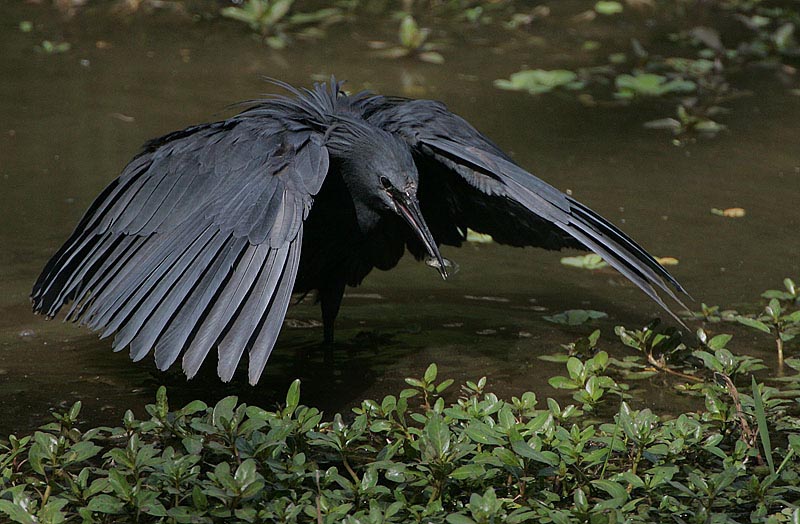
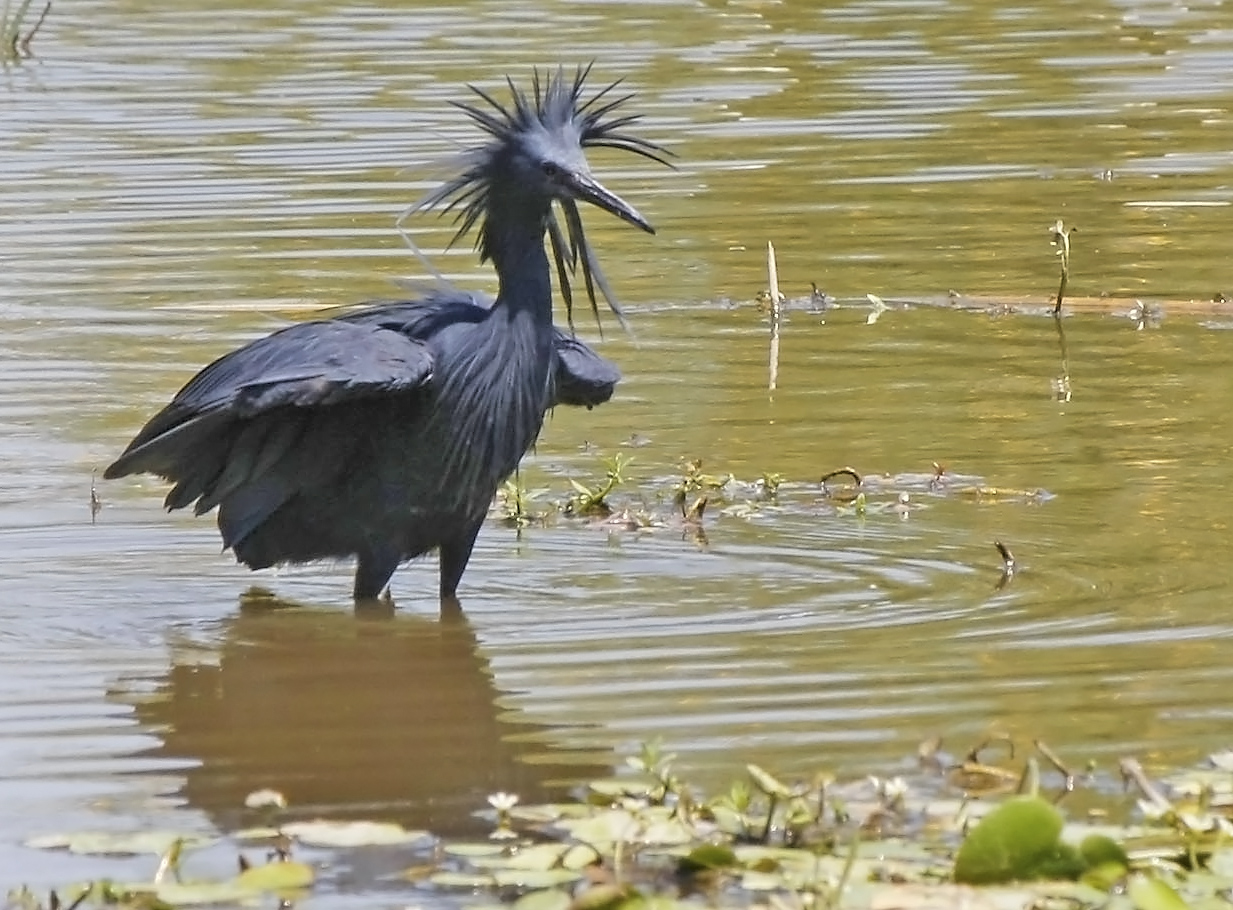
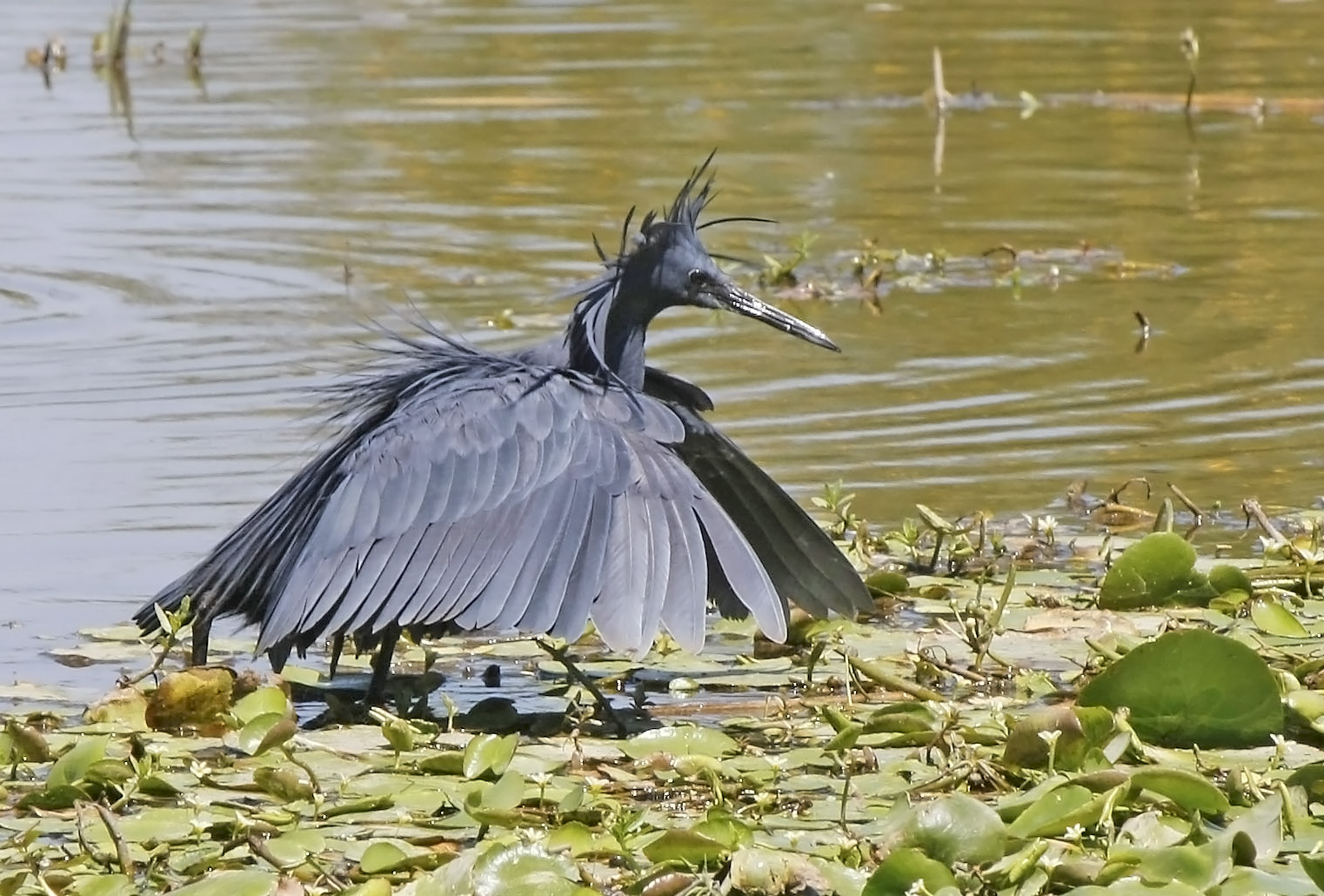
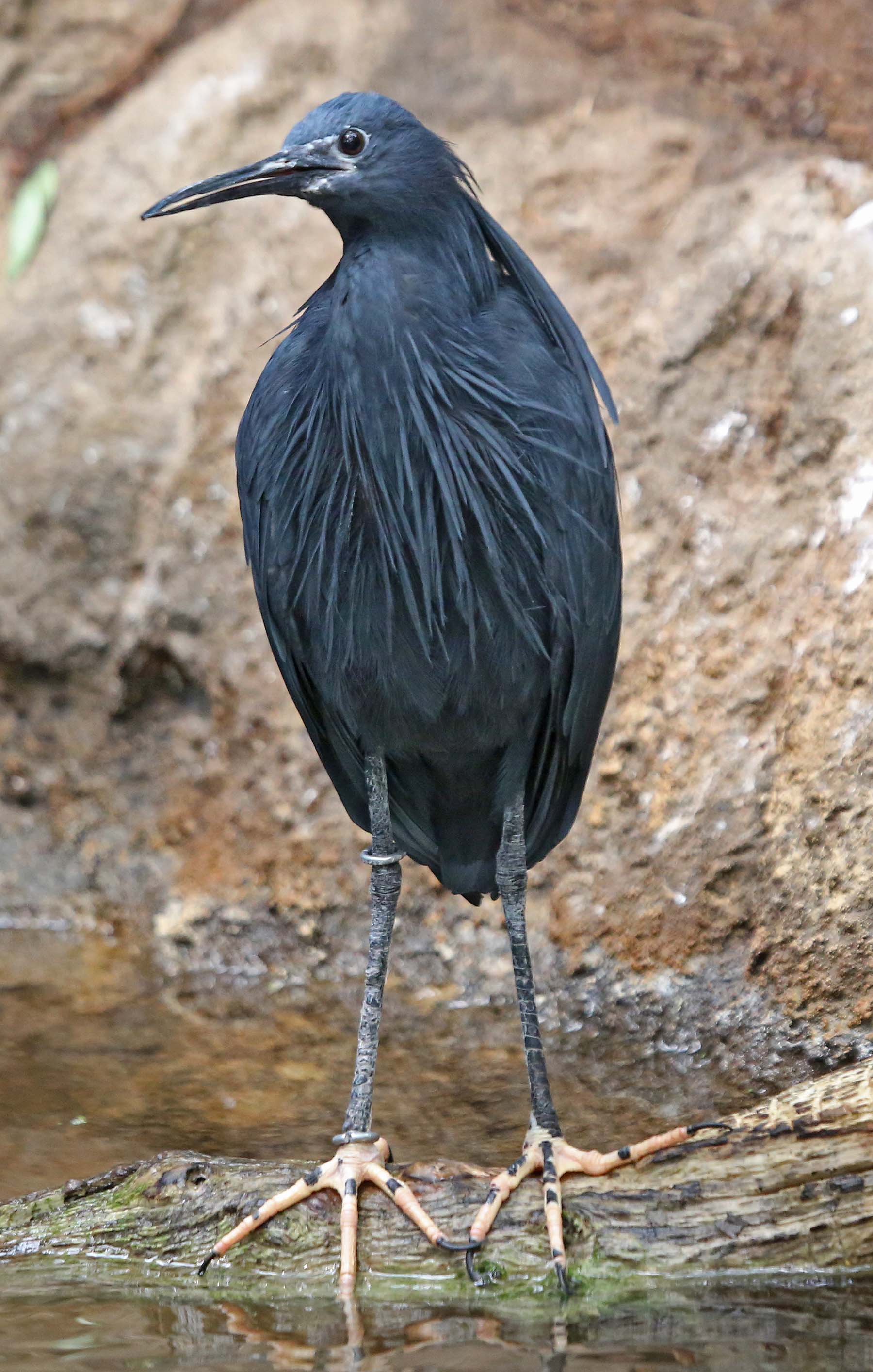
 Animalia Life
Animalia Life